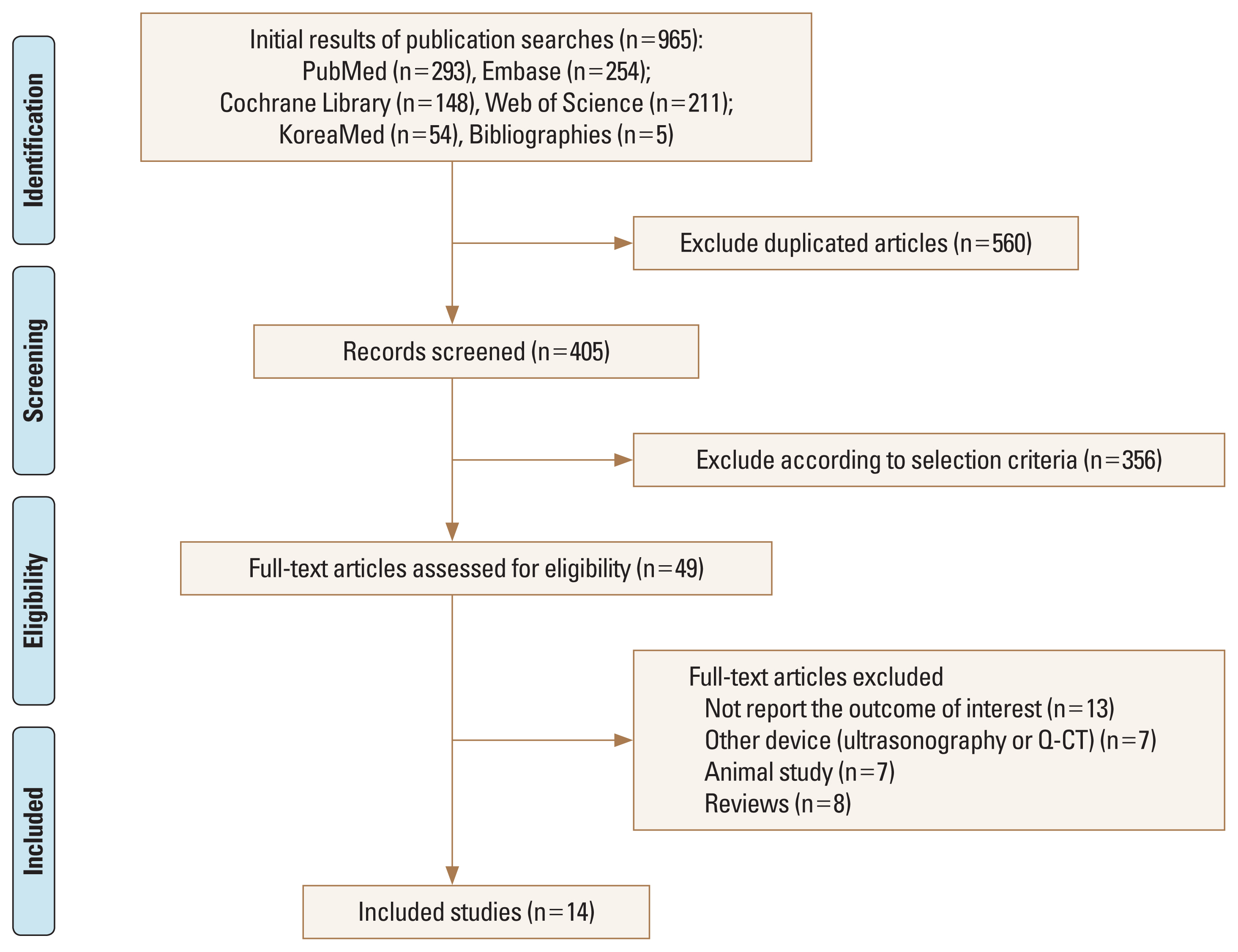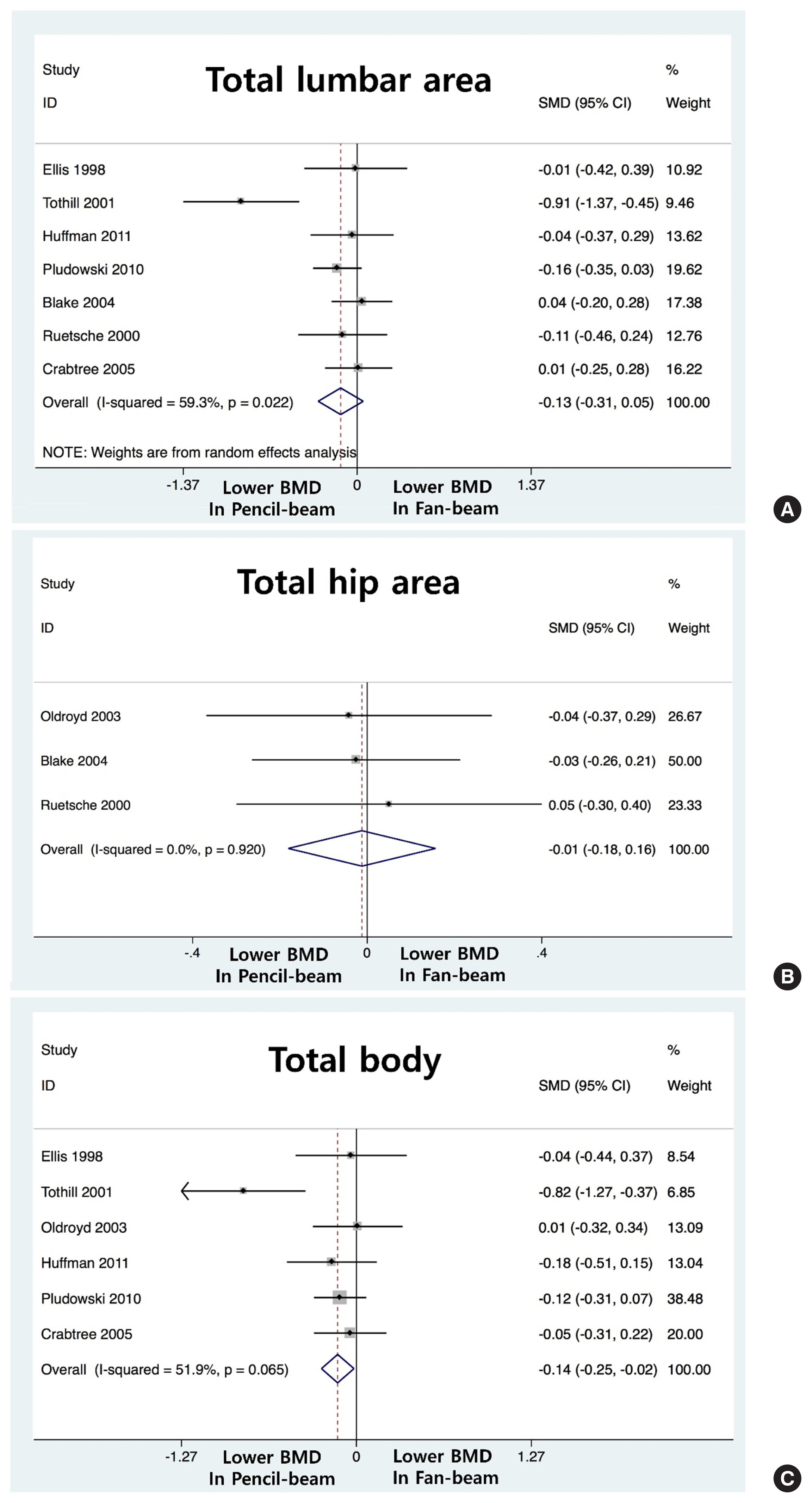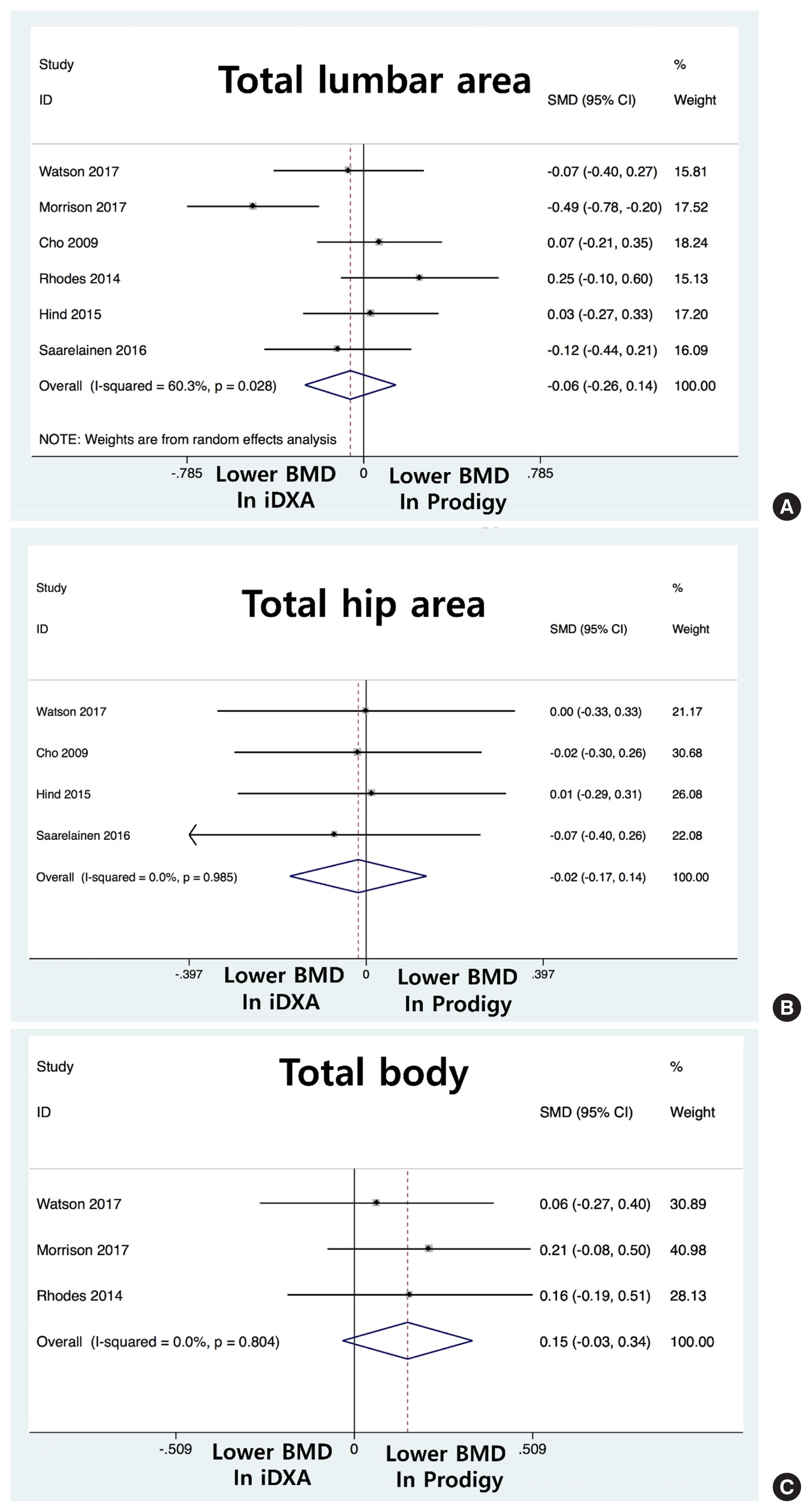 |
 |
| jbm > Volume 28(1); 2021 > Article |
|
Abstract
Background
Methods
Results
DECLARATIONS
Funding
This work was supported by the Korea Medical Device Development Fund grant funded by the Korea government (the Ministry of Science and ICT, the Ministry of Trade, Industry and Energy, the Ministry of Health & Welfare, the Ministry of Food and Drug Safety) (NTIS Number: 9991007052).
Authors’ contributions
Conceptualization: Yoon BH, Koh YD, Yoo JI, Kim SJ, Lee GY, Park SB, Ha YC; Data curation: Yoon BH, Koh YD, Yoo JI, Kim SJ, Park SB, Ha YC; Formal analysis: Yoon BH, Koh YD, Yoo JI, Park SB, Ha YC; Investigation: Yoon BH, Koh YD, Yoo JI, Kim SJ, Lee GY, Park SB, Ha YC; Methodology: Yoon BH, Koh YD, Kim SJ, Lee GY, Park SB, Ha YC; Software: Yoon BH, Koh YD, Yoo JI, Lee GY, Park SB, Ha YC; Validation: Yoon BH, Koh YD, Lee GY, Park SB, Ha YC; Writing - original draft: Yoon BH, Koh YD, Yoo JI, Lee GY, Park SB, Ha YC; Writing - review & editing: Yoon BH, Koh YD, Yoo JI, Kim SJ, Park SB, Ha YC.
Ethics approval and consent to participate
This meta-analysis summaries previously published data and does not include new human data or tissue that require ethical approval and consent. The authors assume that the studies reviewed were conducted after ethical approval and consent, and in accordance with the Declaration of Helsinki.
Fig. 1

Fig. 2

Fig. 3

Table 1
| References | Year | Country | Type of DXA machine | Sample size (female/total) | Mean BMI (kg/m2) | Mean age (yr) |
|---|---|---|---|---|---|---|
| Morrison et al.[16] | 2016 | UK | Prodigy vs. iDXA | 56/92 | 26.5 | 39.8 |
| Watson et al.[14] | 2017 | UK | Prodigy vs. iDXA | 36/69 | 26.1 | 37.8 |
| Saarelainen et al.[15] | 2016 | Finland | Prodigy vs. iDXA | 72/72 | 25.3 | 42.2 |
| Hind et al.[27] | 2015 | UK | Prodigy vs. iDXA | 85 | NA | NA |
| Rhodes et al.[17] | 2014 | UK | Prodigy vs. iDXA | 43/63 | 25.6 | 45.1 |
| Huffman et al.[20] | 2005 | UK | DPX-L vs. Prodigy | 34/72 | 25.9 | 35.9 |
| Pludowski et al.[18] | 2010 | Poland | DPX-L vs. Prodigy | 97/212 | 1.2 | 10.8 |
| Cho et al.[19] | 2009 | Korea | Prodigy vs. iDXA | 66/100 | 24.5 | 49.6 |
| Crabtree et al.[21] | 2005 | UK | DPX-L vs. Prodigy | 58/110 | NA | NA |
| Blake et al.[22] | 2004 | UK | DPX-L vs. Prodigy | 104/135 | 26.8 | 57.1 |
| Oldroyd et al.[23] | 2003 | UK | DPX-L vs. Prodigy | 44/72 | 21.6 | 32.9 |
| Tothill et al.[24] | 2001 | UK | QDR-1000W vs. QDR-4500A | 24/41 | NA | 32.9 |
| Ruetsche et al.[25] | 2000 | Switzerland | QDR-2000W vs. QDR-4500A | 63/63 | 29.3 | 48 |
| Ellis and Shypailo [26] | 1998 | USA | QDR-2000W vs. QDR-4500A | 26/47 | NA | NA |
Table 2
| References | Year | N | Lumbar total | Total hip | Total body | |||||||||
|---|---|---|---|---|---|---|---|---|---|---|---|---|---|---|
|
|
|
|
||||||||||||
| Pencil-beam | Fan-beam | Prodigy | iDXA | Pencil-beam | Fan-beam | Prodigy | iDXA | Pencil-beam | Fan-beam | Prodigy | iDXA | |||
| Morrison et al.[16] | 2016 | 92 | 0.99±0.1 | 1.05±0.14 | - | - | 1.25±0.13 | 1.22±0.15 | ||||||
|
|
||||||||||||||
| Watson et al.[14] | 2017 | 69 | 1.25±0.15 | 1.26±0.15 | 1.08±0.16 | 1.08±0.15 | 1.25±0.16 | 1.24±0.15 | ||||||
|
|
||||||||||||||
| Saarelainen et al.[15] | 2016 | 72 | 1.16±0.14 | 1.18±0.14 | 0.99±0.12 | 1.00±0.12 | - | - | ||||||
|
|
||||||||||||||
| Hind et al.[27] | 2015 | 85 | 1.22±0.14 | 1.21±0.15 | 1.05±0.15 | 1.05±0.15 | - | - | ||||||
|
|
||||||||||||||
| Rhodes et al.[17] | 2014 | 63 | 1.16±0.15 | 1.12±0.14 | - | - | 1.20±0.09 | 1.18±0.11 | ||||||
|
|
||||||||||||||
| Huffman et al.[20] | 2005 | 72 | 0.92±0.12 | 0.93±0.12 | - | - | 1.16±0.12 | 1.19±0.13 | ||||||
|
|
||||||||||||||
| Pludowski et al.[18] | 2010 | 212 | 0.61±0.07 | 0.63±0.07 | ||||||||||
|
|
||||||||||||||
| Choi et al.[19] | 2009 | 100 | 1.06±1.18 | 1.04±1.18 | 0.93±0.16 | 0.94±0.16 | 0.80±0.04 | 0.80±0.04 | - | - | ||||
|
|
||||||||||||||
| Crabtree et al.[21] | 2005 | 110 | 0.64±0.08 | 0.64±0.09 | - | - | 0.81±0.04 | 0.82±0.04 | ||||||
|
|
||||||||||||||
| Blake et al.[22] | 2004 | 135 | 1.00±0.21 | 0.99±0.21 | 0.84±0.16 | 0.84±0.15 | - | - | ||||||
|
|
||||||||||||||
| Oldroyd et al.[23] | 2003 | 72 | 1.05±0.17 | 1.05±0.18 | 0.90±0.12 | 0.91±0.12 | 1.12±0.1 | 1.12±0.1 | ||||||
|
|
||||||||||||||
| Tothill et al.[24] | 2001 | 41 | 0.84±0.12 | 0.96±0.13 | 1.08±0.09 | 1.16±0.10 | ||||||||
|
|
||||||||||||||
| Ruetsche et al.[25] | 2000 | 63 | 1.02±0.14 | 1.04±0.13 | 0.78±0.11 | 0.77±0.11 | - | - | ||||||
|
|
||||||||||||||
| Ellis and Shypailo [26] | 1998 | 47 | - | - | - | - | 0.94±0.19 | 0.94±0.17 | ||||||
REFERENCES
- TOOLS
-
METRICS

-
- 1 Crossref
- 0 Scopus
- 4,908 View
- 93 Download
- ORCID iDs
-
Byung-Ho Yoon

https://orcid.org/0000-0001-8518-6331Jun-Il Yoo

https://orcid.org/0000-0002-3575-4123Guen Young Lee

https://orcid.org/0000-0002-6906-5182Yong-Chan Ha

https://orcid.org/0000-0002-6249-0581 - Related articles
-
The Bone Mineral Density and Bone Mineral Metabolism in Hematologic Diseases 2000 November;7(2)





 PDF Links
PDF Links PubReader
PubReader ePub Link
ePub Link Full text via DOI
Full text via DOI Full text via PMC
Full text via PMC Download Citation
Download Citation Supplement
Supplement Print
Print



